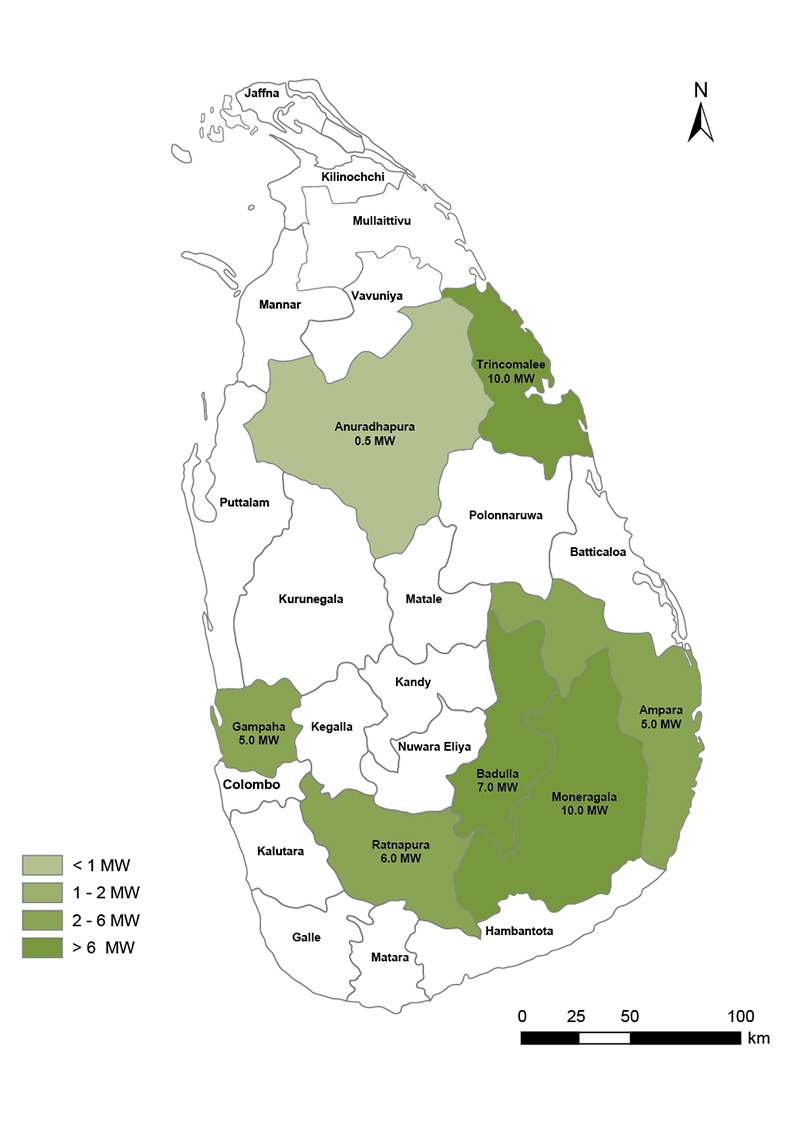Biomass, also called Bioenergy, are fuels that is developed from organic materials. It is a renewable and sustainable source of energy used to supply mainly heat for various applications, while it is marginally used for power generation as well.
Bioenergy use falls into two main categories: ’traditional‘ and ’modern‘. Traditional use refers to the combustion of biomass in such forms as wood, animal waste and traditional charcoal. Modern bioenergy technologies include liquid biofuels produced from bagasse and other plants; bio-refineries; biogas produced through anaerobic digestion of residues; wood pellet heating systems; and other technologies.
About three-quarters of the world’s renewable energy use involves bioenergy, with more than half of that consisting of traditional biomass use. Bioenergy accounted for about 10% of total final energy consumption and 1.4% of global power generation in 2015.
Biomass has significant potential to boost energy supplies in populous nations with rising demand, such as Brazil, India and China. It can be directly burned for heating or power generation, or it can be converted into oil or gas substitutes. Liquid biofuels, a convenient renewable substitute for gasoline, are mostly used in the transport sector.
Brazil is the leader in liquid biofuels and has the largest fleet of flexible-fuel vehicles, which can run on bioethanol - an alcohol mostly made by the fermentation of carbohydrates in sugar or starch crops, such as corn, sugarcane or sweet sorghum.
In Sri Lanka, biomass still plays a dominant role in the supply of primary energy. Large quantities of firewood and other biomass resources are used for cooking in rural households and to a lesser extent, in urban households. Even though a large portion of energy needs of the rural population is fulfilled by firewood, there are possibilities to further increase the use of biomass for energy in the country, especially for thermal energy supply in the industrial sector.

Cumulative Capacity Addition of Biomass 2019